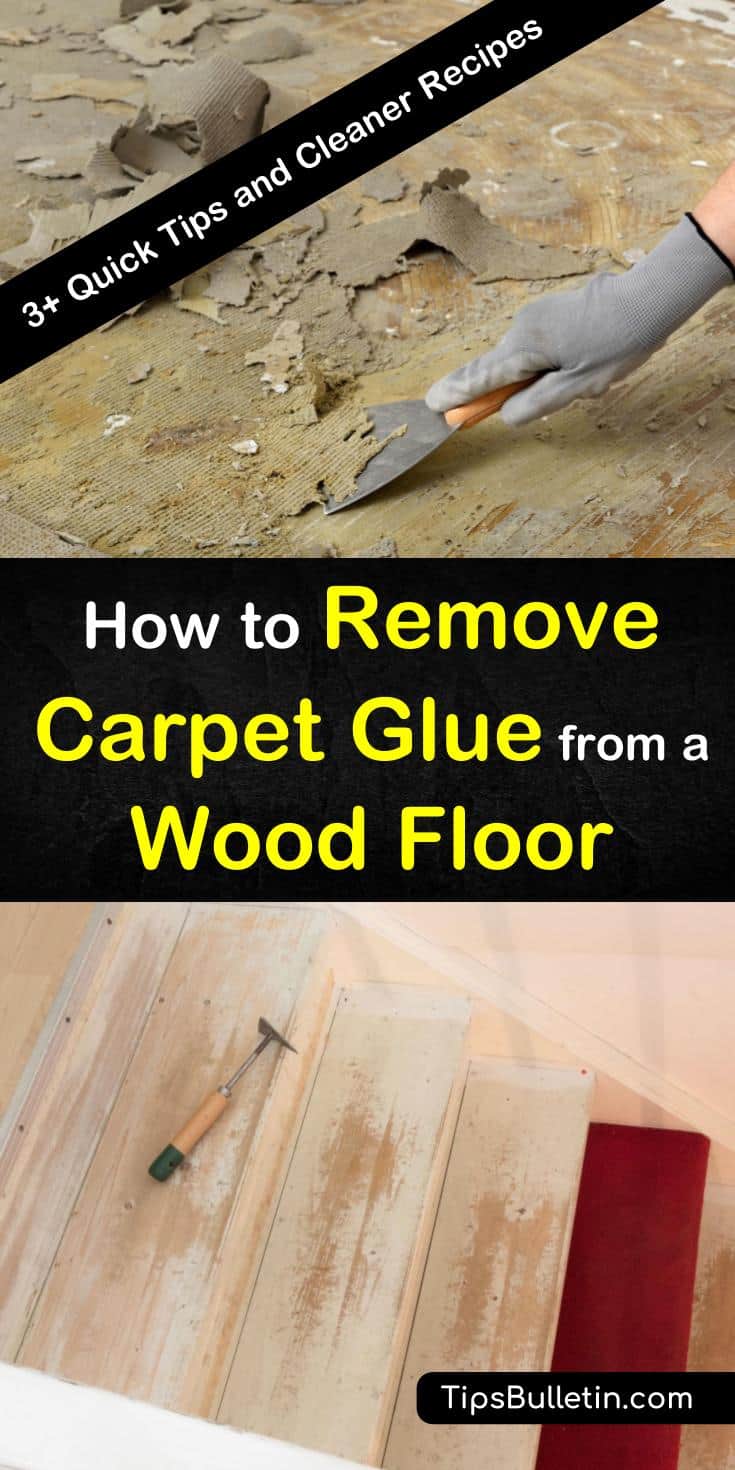With enthusiasm, let’s navigate through the intriguing topic related to what takes glue off of wood. Let’s weave interesting information and offer fresh perspectives to the readers.
Introduction
It seems you’re asking about removing glue from wood, not drawing! I understand that sometimes we get curious about different things, and it’s perfectly fine to ask about removing glue.

However, I’m a drawing teacher specializing in helping children learn the joy of visual arts. If you’re interested in learning how to draw, I’d be happy to share some tips and tricks!
Let’s explore the wonderful world of drawing!
Drawing is a fantastic way to express yourself, develop your creativity, and have fun. It’s like a magical language that lets you bring your ideas to life on paper.
Here’s a basic curriculum I use to teach children how to draw:
1. Getting Started: Exploring Lines and Shapes

- Understanding Lines: Lines are the building blocks of drawing. We use them to create outlines, details, and even textures.
- Question: What kind of lines do you see in the world around you? Straight, curved, wavy?
- Exploring Shapes: Shapes are formed by lines. We can create simple shapes like circles, squares, and triangles, and then combine them to make more complex objects.
- Question: What are some of your favorite shapes? Can you draw them?


2. Learning to Observe: Seeing the World Through an Artist’s Eyes
- Drawing from Life: Observing the world around us is essential for drawing. We can start with simple objects like fruits, vegetables, or toys.
- Question: What objects do you see in your room? Can you describe them in detail?

- Breaking Down Objects: We can break down complex objects into simpler shapes. This makes it easier to draw them.
- Question: Can you imagine a tree as a series of circles and lines?

3. Mastering Proportions and Perspective
- Understanding Proportions: Proportions are the relationships between the sizes of different parts of an object.
- Question: How big is your hand compared to your head?
- Perspective: Perspective helps us create the illusion of depth and distance on a flat surface.
- Question: Have you ever noticed how things look smaller in the distance?
4. Adding Details and Textures
- Shading: Shading helps us create the illusion of light and shadow, giving our drawings depth and realism.
- Question: Have you ever seen a shadow? How does it look?
- Textures: We can use lines, dots, and other marks to create different textures, like fur, wood, or water.
- Question: What does a rough surface feel like? How about a smooth surface?
5. Experimenting with Colors and Materials
- Color Mixing: We can create a wide range of colors by mixing basic colors like red, yellow, and blue.
- Question: What are your favorite colors?
- Exploring Different Media: There are many different materials we can use for drawing, such as pencils, crayons, charcoal, and markers.
- Question: Have you ever tried drawing with different materials?
Benefits of Drawing:
- Boosts Creativity: Drawing allows you to express your imagination and create your own unique worlds.
- Improves Observation Skills: Drawing teaches you to pay attention to details and see the world in new ways.
- Enhances Problem-Solving: Drawing requires you to think critically and find solutions to visual challenges.
- Reduces Stress and Anxiety: The act of drawing can be a calming and therapeutic experience.
- Builds Confidence: As you improve your drawing skills, you’ll gain a sense of accomplishment and pride.
FAQs About Drawing:
- What if I’m not good at drawing? Everyone starts somewhere! The key is to practice and have fun. Don’t be afraid to make mistakes; they are part of the learning process.
- What should I draw? Draw anything that inspires you! It could be your favorite animal, a beautiful flower, or even a silly cartoon character.
- Do I need special materials? You can start with simple tools like pencils and paper. As you progress, you can explore other materials like charcoal, markers, or even digital art.
- How can I improve my drawing skills? Practice regularly, observe the world around you, and don’t be afraid to experiment.
- Where can I find more drawing inspiration? Look at art books, visit museums, watch online tutorials, and follow artists on social media.
Remember, drawing is a journey, not a destination. Enjoy the process of learning and exploring your artistic side!
If you have any more questions about drawing, feel free to ask! I’m always happy to help.

Thus, we hope this article has provided valuable insights into Downloads what takes glue off of wood. We thank you for taking the time to read this article. See you in our next article!
 cryptonias.my.id News Bisnis Technology Tutorial
cryptonias.my.id News Bisnis Technology Tutorial